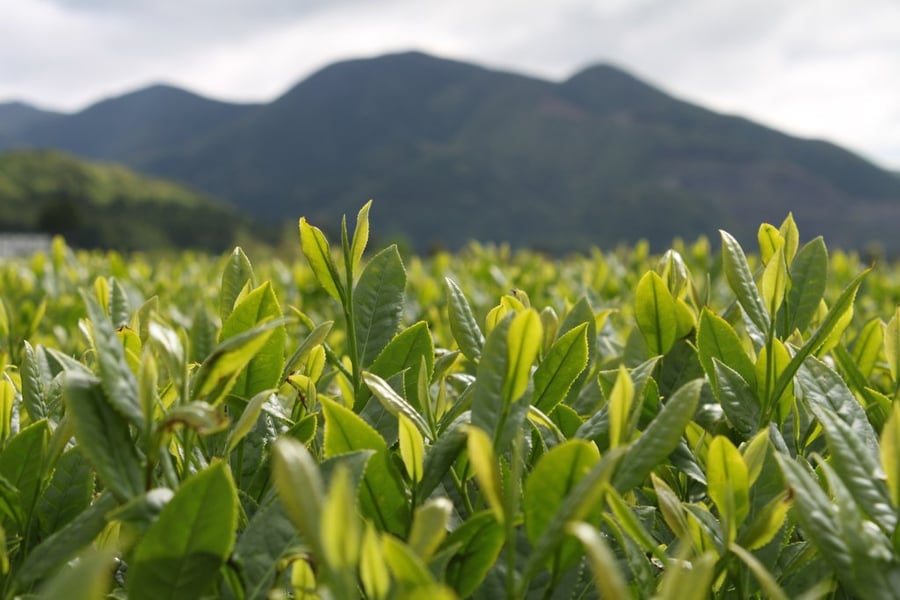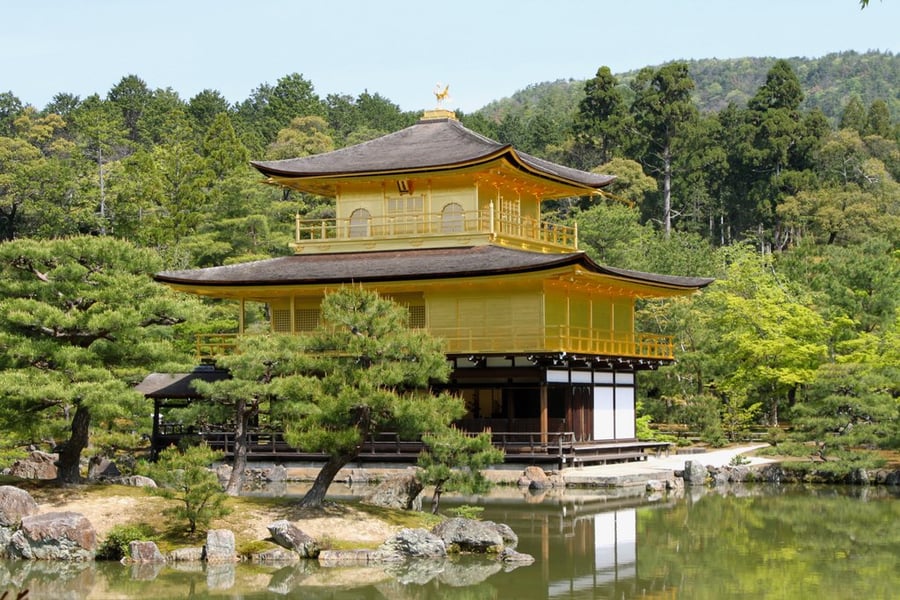Japan is known for producing world-class green teas. Though they do produce other types of teas, the majority of tea produced there is green tea, which is what the country is famous for. This history between Zen and tea is ancient and profound in Japan, so it makes sense that teas there are grown and processed to provide health and wellness to the body, mind and spirit.
Beyond being a healthy beverage, tea in Japan has long been a spiritual practice. In the 1500s, a Zen student named Murata Shukou brought the Way, or Dao, of tea, which was already being practiced by the Samurai class, together with the cultivation, preparation and drinking of tea into a formalized ceremony–this is the ceremony that has survived into modern times. At the same time, Sen Rikyu, the "father of tea" in Japan, was credited with ritualizing the tea ceremony.
GREEN TEA FOR YOUR MIND
Mentally, green teas in Japan are cultivated to induce a "Zen Mind", or "tea mind", one of calm, alert focus. The amino acid, L-Theanine increases the alpha waves responsible for bringing the brain into a relaxed, focused state. Though L-Theanine is present in all tea, it is enhanced in the cultivation and processing of green tea in Japan. Combined with the caffeine present in the leaf, L-Theanine makes Japanese green tea a perfect companion for work or study.

GREEN TEA FOR YOUR BODY
From a physical health perspective, Japanese green teas are known to be very alkalizing to the body, reducing inflammation, increasing metabolism and creating a disease-resistant internal environment. Full of amino acids, chlorophyll, antioxidants and umami, it is the perfect tea for gathering friends, a quiet moment alone or a shot of peaceful green energy.
Green Tea for Your Spirit
The Zen mind is a calming influence that invites your whole being to relax and be at peace. The Japanese Tea Ceremony represents peace, harmony, tranquility and respect. Ceremonial green tea has evolved into a Japanese mainstay. The ceremony itself is a clean and peaceful ritual that invites guests to cleanse themselves of the day’s stress and focus on mindfulness. Participants are invited to focus on gratitude for the simplicity of the ceremony. It’s a beautiful and tranquil way to shed the anxieties of everyday living and reorient yourself to what’s important. Guests leave with both their hunger and their minds sated and at peace.

Green Tea Production: STEAMING VS. ROASTING
The Japanese have a very unique and specific way of producing green tea. Rather than panning, searing, or roasting the leaf, as is commonly practiced in Chinese green tea production, the leaf is steamed during the "kill green" process. The "kill green" process is the part of green tea production that stops oxidation, locking the essential oils, vitamins and nutrients into the leaf.
Steaming the leaf produces a tea with fresh, grassy, and umami notes and no tannins. Imagine the difference between a steamed green bean, zucchini, or broccoli and a roasted one. This is the difference between steamed and pan-fired green tea.
When taken as a quiet daily practice, Japanese green tea can have profound effects on your body, mind and spirit. This has long been the Way of Japanese green tea and can serve the same purpose in modern times. We invite you to step into the beauty of a Japanese Tea Party at home with our free guide. From a moment of simple serenity to time to gather and focus on being present for family and friends, making green tea a part of your daily practice will open a pathway to peaceful, healthier living.






Leave a comment
Comments will be approved before showing up.